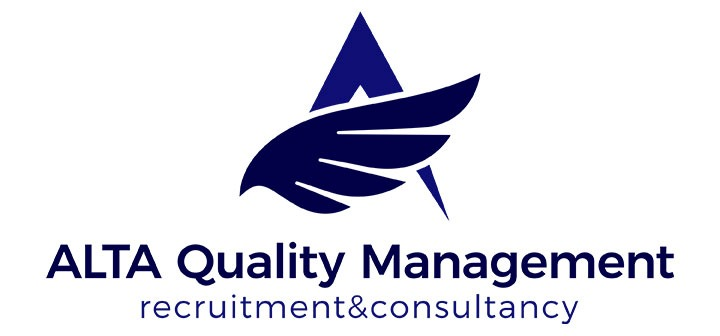
Shutterstock
Add a review FollowOverview
-
Founded Date 3 juli 1980
-
Posted Jobs 0
-
Viewed 309
Company Description
Stock photography in the UK offers a wide range of options for creatives looking to strengthen their brand presence.
Authenticity is increasingly important in UK visual media. Audiences respond to images that reflect real people. This is especially true in cities like London, where inclusive visuals can strengthen brand connection. Many UK photographers contribute unfiltered images that showcase British culture.
One of the most popular uses of stock photos is in website design. From background visuals to call-to-action banners, stock photography helps create a polished look. Whether it’s a corporate site, stock images are used to support messaging.
Metadata is critical for visibility. Platforms rely on search algorithms to match buyers with content, so photographers must strategically tag their images with clear titles. This improves discoverability.
Subscription tiers vary widely across platforms. Some sites charge by license type, while others offer flat-rate subscriptions. It’s important to consider how often you’ll need images, what types of licenses you require, and whether you need global distribut
In advertising, stock photos are used to represent products. Whether it’s a print flyer, these visuals help communicate quickly. Many businesses choose stock photography for speed, especially when launching new products.
Social media is another area where stock photos are heavily relied on. Platforms like Facebook benefit from branded imagery that helps boost visibility. Creators use stock images for quotes, often customizing them with brand colors.
Copyright compliance is a critical factor. Most platforms offer commercial-use licenses, but it’s essential to verify permissions—especially for advertising. UK businesses must also comply with GDPR when using images featuring sensitive subjects.
Rights-managed libraries like Alamy offer exclusive licensing, but often require exclusive agreements. Contributors may earn more per sale, especially for editorial use, but competition and acceptance criteria can be strict.
In promotional campaigns, stock photos are used to illustrate services. Whether it’s a flyer, these visuals help communicate quickly. Businesses often choose stock photography for its creative flexibility, especially when launching seasonal offers.
In contrast, British stock libraries such as Picfair offer culturally specific imagery that reflects real-world scenarios. Alamy’s archive is known for its editorial depth, making it a strong choice for journalists. This ethical marketplace allows photographers to retain creative control, which appeals to users who value supporting artists.
This premium provider is known for its editorial content, but its pricing tends to be higher. Single image licenses can cost £250 or more, depending on distribution scale. While expensive, Getty offers unique content that may justify the investment for corporate campai
Low-cost alternatives include sites like 123RF, which offer flexible plans. These platforms often provide royalty-free licenses at rates starting from £1 per image when purchased in bulk. They’re ideal for freelancers looking to maintain visual quality without overspend
Photographers can also build a brand by submitting to multiple platforms, offering both exclusive and non-exclusive content. Some choose to specialize in areas like travel, while others maintain general collections.
If you have almost any questions concerning where by as well as how you can make use of amplexus, it is possible to contact us at our own web site. One of the most primary uses of stock photos is in website design. From blog headers to landing sections, these visuals help reinforce messaging. Whether it’s a corporate site, stock images are used to capture attention.
When choosing stock photos, consider your brand identity. For high-end design, global platforms offer market-tested options. For editorial authenticity, UK platforms provide regionally accurate alternatives.
To succeed in stock photography, photographers should focus on understanding market demand. Popular themes include diversity, as buyers look for images that support messaging. Photos should be technically sound, with attention to lighting.
While stock photography may not offer overnight success, it provides a scalable way to monetize creativity. With consistent uploads, market awareness, and quality control, photographers can turn their passion into a profitable venture.
In summary, royalty-free photo sources offer flexible pricing for every type of user. By understanding licensing, you can find the right balance between affordability—and ensure your visuals are both compli
No-cost image platforms like Pixabay offer high-resolution images at no charge. While these sites are great for personal projects, their licensing terms may not cover resale. Always confirm permissions before using free images in commercial setti
Finding suitable stock photography often depends on your project type. For highly polished visuals, global platforms may offer more refined options. For community-focused content, UK-based libraries provide contextual relevance.
Top image libraries like Adobe Stock allow contributors to upload photos for use in digital projects. Each time a photo is purchased, the photographer earns a commission based on the platform’s payment model. Rates vary, but contributors can earn anywhere from 40% per sale, depending on account status.

